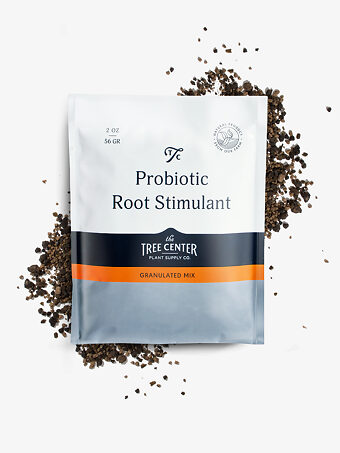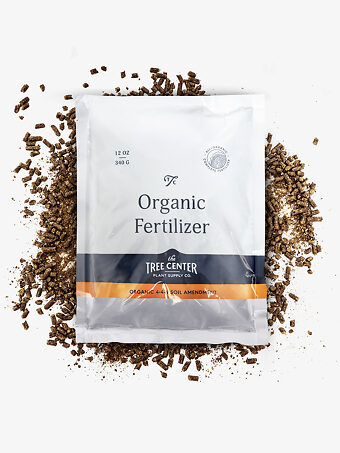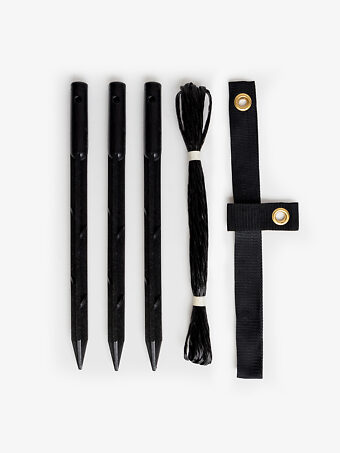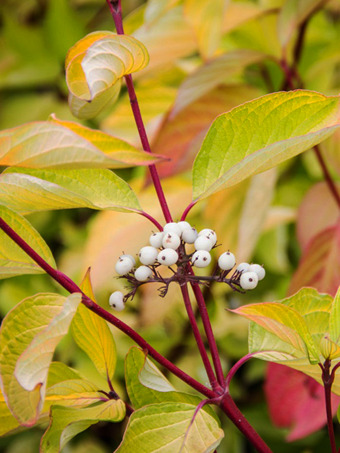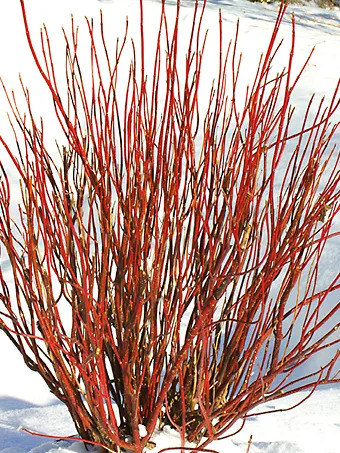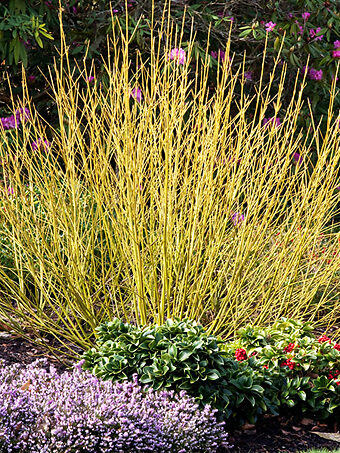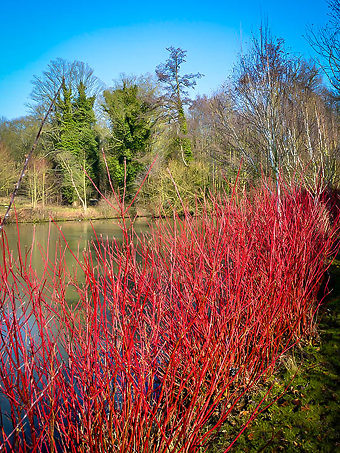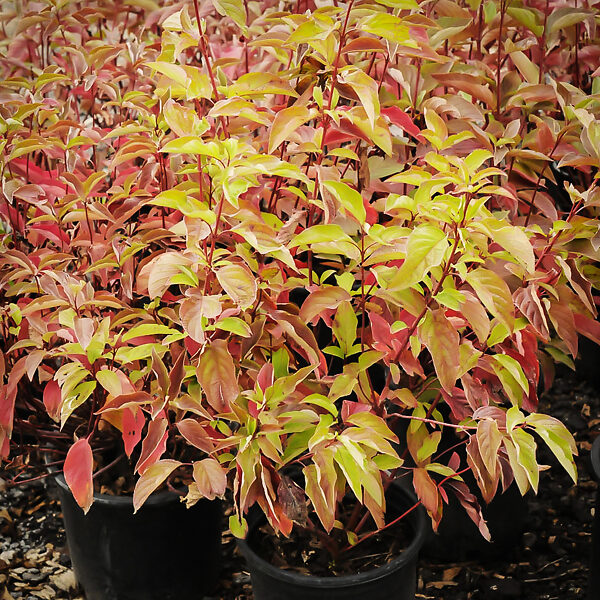
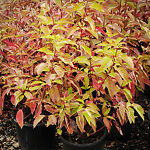
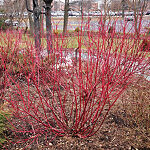
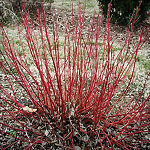
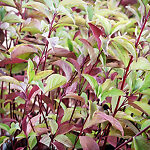

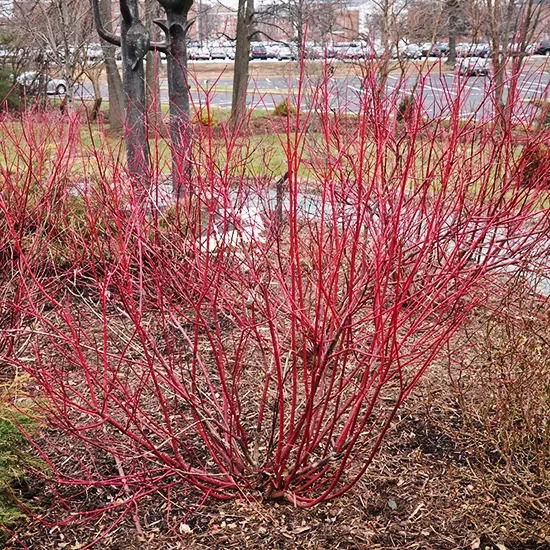
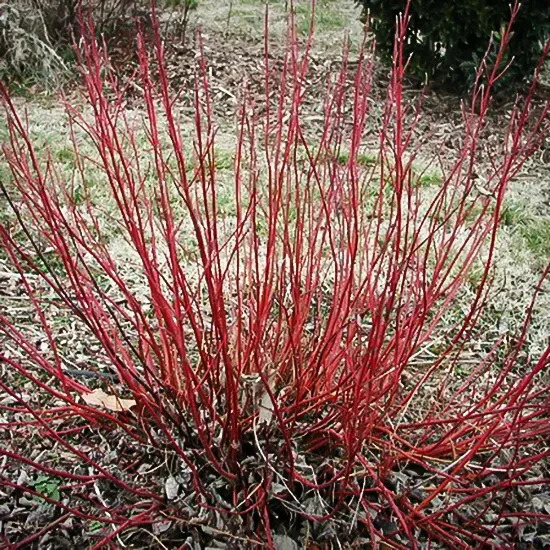
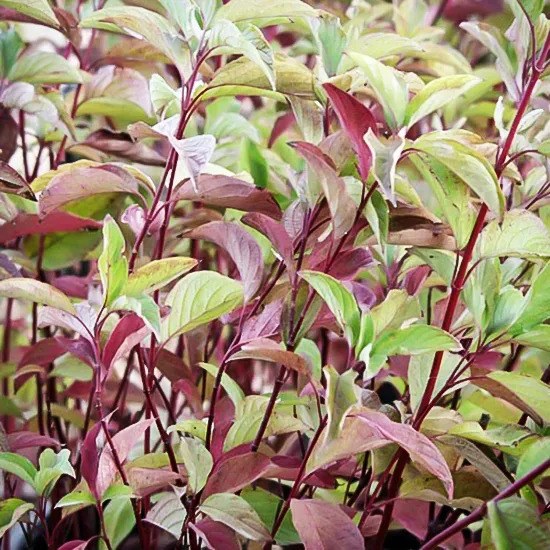
Isanti Red Twig Dogwood
Cornus sericea ‘Isanti’View more from Dogwood Shrubs
Isanti Red Twig Dogwood
Cornus sericea ‘Isanti’
this item doesn’t ship to
The Isanti Red Twig Dogwood is a selected form of the red osier, a native shrub and an attractive deciduous bush that grows 4 or 5 feet tall and 3 to 7 feet across. It makes a dense thicket of branches. The green leaves turn vibrant shades of red, orange and purple in fall, and when they drop the bright red twigs are revealed. These add interest and color to your winter garden, looking great against fresh snow or green hedges. This is an excellent choice for shrub beds, slopes, natural areas and beside water.
- Bold red twigs brighten your winter garden
- Brilliant fall colors of red, orange and purple
- Tough and reliable shrub for colder regions
- Grows well in wet ground
- Suitable for native gardens and natural planting
Grow the Isanti Red Twig Dogwood in full sun or partial shade, in most soils, including wet ones and even shallow water. It grows well in ordinary garden soil and has some resistance to summer dryness. It grows well even in zone 3. It is vigorous and generally free of pests or diseases, and it needs very little attention. Annual pruning can be done in early spring to encourage the growth of young branches, which have the best red coloring.

Botanical Name:
Cornus sericea ‘Isanti’
Mature Width:
3-7 ft
Mature Height:
4-5 ft
Grows Well In:
Zones 3-7
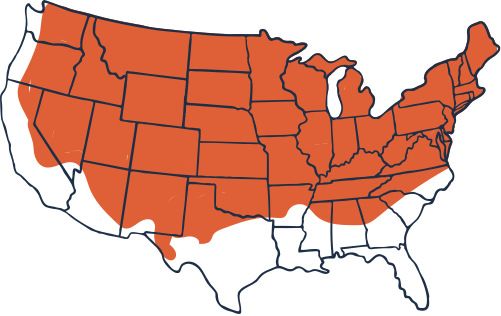
Sun Needs:
Full Sun, Partial Sun
Water Needs:
Moderate
Growth Rate:
Medium
Flower Color:
White
Flowering Season:
Spring
